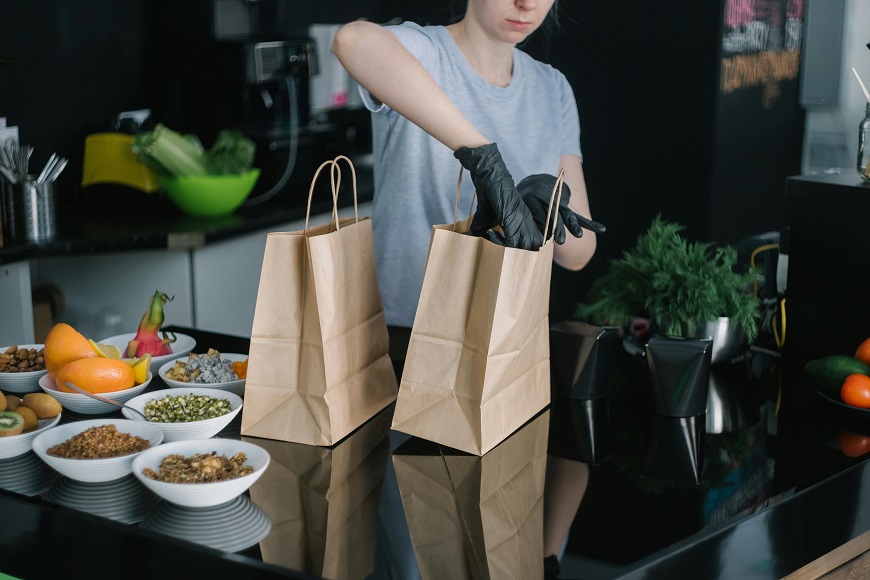Food may be essential to life, but even within this realm of necessity, the whimsical magnetism of choice continues to occupy a central role. What makes us purchase one brand over another? Is it taste alone that guides our shopping habits? Or might the alluring siren call of attractive packaging be more influential than we care to admit?
In today’s thoughtful exploration, we delve into the psychology behind food packaging design and its profound impacts on consumer choices. With a variety of factors intertwining like threads in a tapestry, making this purchase decision is often driven by elements more sophisticated than they initially appear. Unravelling these complex elements is preeminent in aiding us to become more conscious consumers and enabling food businesses to design packaging that truly resonates with their target audience.
The Allure of Aesthetics in Packaging Design
Seamlessly integrating form and function, good packaging design constitutes far more than just a pretty exterior. A well-designed package can not only successfully safeguard the food product but can also firmly imprint the brand’s identity into our minds. The colours, the typography, the images – all create a visual symphony, compelling us to extend our hand and place the product into our shopping cart.
The Psychology Behind Colours
Consciously or not, our brains associate specific emotions and perceptions with colours. Invigorating reds are often used to whet our appetites, while soothing greens echo vibrations of health and natural goodness. Despite being a seemingly mundane component of packaging, colours play an insidious role in defining our perception of the product without us even realizing it.
The Sway of Packaging Material and Form
Beyond the colours, the actual material and structural design of packaging hold their unique significance. Rigid packaging conveys a sense of quality and luxury, while soft, more flexible packaging often signals affordability and comfort. The tactile feel of the package in our hands may play as crucial a role as how it looks on the shelf.
The Pull of Nostalgia and Authenticity
Packaging that tugs at the heartstrings with a taste of reminisce or claims of heirloom recipes have a magic of their own. Such packaging design often creates a bond with consumers seeking authenticity and heritage, fostering a deep-seated sense of trust and security that newer brands may struggle to establish.
The Power of Transparent Packaging
In an age of increasing consumer awareness and consciousness, transparent packaging has emerged as a champion. The ability to see the product within significantly enhances our trust in the brand, enhancing the product’s perceived freshness and quality.
Packaging Impact on the Environment
Finally, it’s critical to acknowledge the elephant in the room – the environmental impact. More and more consumers are choosing brands that use sustainable, recyclable, or compostable packaging, marrying their love for food with their dedication to preserving the planet.
Conclusion
In conclusion, the power of thoughtful food packaging design and its psychological impact on consumers can’t be understated. It’s an intricately designed dance of colours, shapes, materials and stories that engage us on a subconscious level, swaying our purchasing decisions. By acknowledging the factors at play, we can navigate the expansive supermarket aisles with increased mindfulness, making choices not merely dictated by aesthetic appeal, but also by awareness and consideration for the environment.



